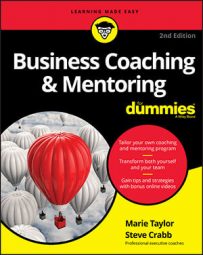This situation is particularly evident in high-tech business clusters in Silicon Valley and Cambridge. A study undertaken by Myint et al, published in 2005, demonstrates the importance of networks and collaboration. Their mapping of the development of the Cambridge Silicon Fen shows how social capital, an investment in key relationships over time, has created economic capital in the Cambridge area.
Creating synergy and serial entrepreneurship
Serial entrepreneurship has encouraged and supported new ventures and encouraged businesses to establish themselves in the Cambridge area and take advantage of localized social ties. This situation has helped firms access funding more readily and shows the power of a network to create and leverage innovation and synergy fast. The region has become expert at creating spin-out ventures in both biotech and high-tech areas. The highly successful ARM and Conexant Systems are both spin-outs from Acorn computers, which were established in the 1970s.Serial entrepreneurs have similarly established many of the companies with staff moving between organizations regularly over time like a synergistic collective. These synergies have supported inward investment. Investors have found it easier to invest within the cluster over a long period of time due to proximity and the high-level social networks created there. The relationships between people have been instrumental and have created entry routes for many new entrepreneurs. You can find some complex stakeholder maps that show the complexity of the relationships and the connections that have created this infrastructure.
Growing wiser and creating value
You can find hidden business mentors supporting business growth in many locations. In the Cambridge technology region, for example, they may not call themselves mentors, but their specific wisdom and experience on investment, technology transfer, business development, growth, organizational development, and new market entry has been instrumental in growing the region. This positive improvement demonstrates the power and value creation in effective business relationships.This has been achieved through formal means such as angel investors sitting on boards through to informal social networking. Proximity to the university obviously helps with ready access to new research, innovative biotechnology, engineering and micro-technology. Still, the network map of relationships developed over a 40-year period in high-tech is impressive. The image below shows the business creation generated through the network of related business owners and investors.
 A network map of high-tech startups associated with Cambridge University.
A network map of high-tech startups associated with Cambridge University.Courtesy of Cambridge University
If you were to create your own cluster map for your social and business network, where could you create or expand your own mini-cluster in your industry? What would it take for you to develop enough trust in yourself and others to collaborate more and co-create rather than compete? Now there’s a thought: creating social capital and cash flow by collaboration. Obviously, you would want measures such as nondisclosure agreements in place at the appropriate time to mitigate risk, but that’s a sidebar if the idea of creating synergy excites you.
Serial entrepreneurs tend to be highly networked and sit on the boards of more than one company. Learning to be a board director can take many forms. If you want to create multiple businesses during your leadership career, do you have a plan for that? Are you being coached toward that goal?

